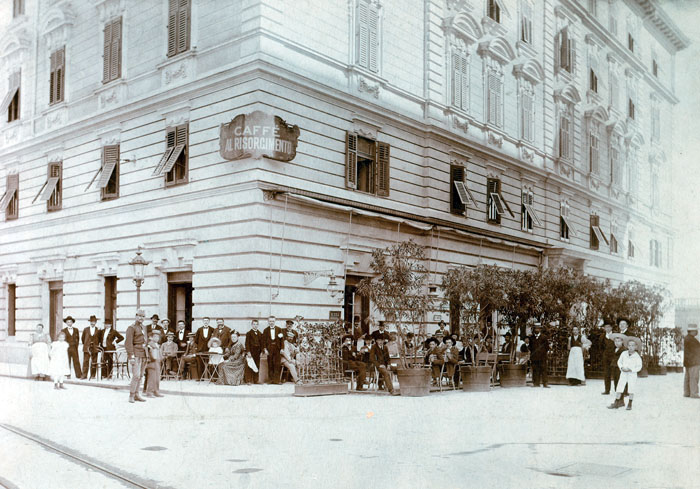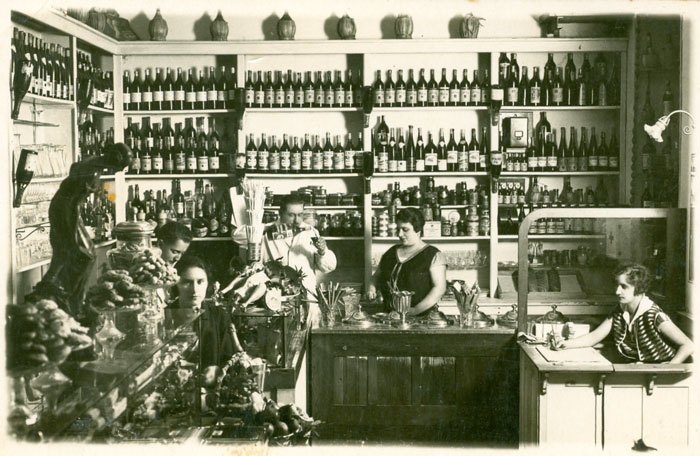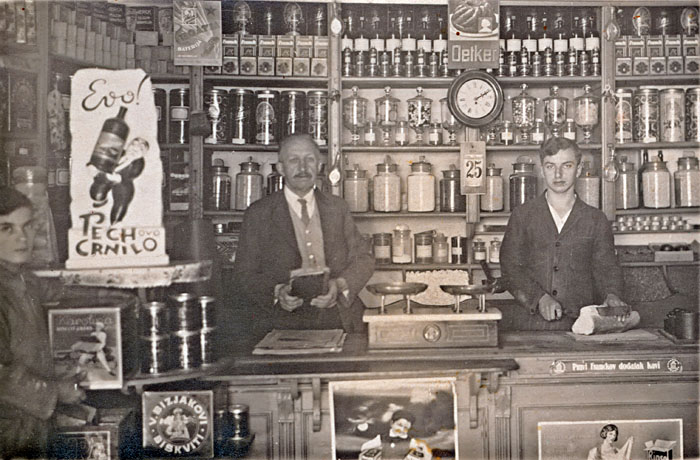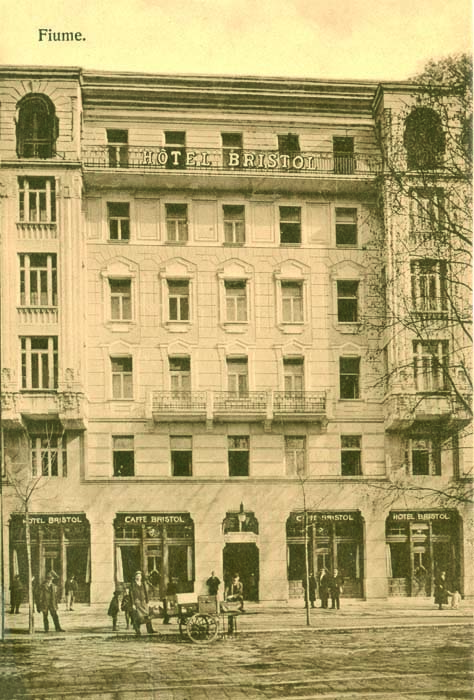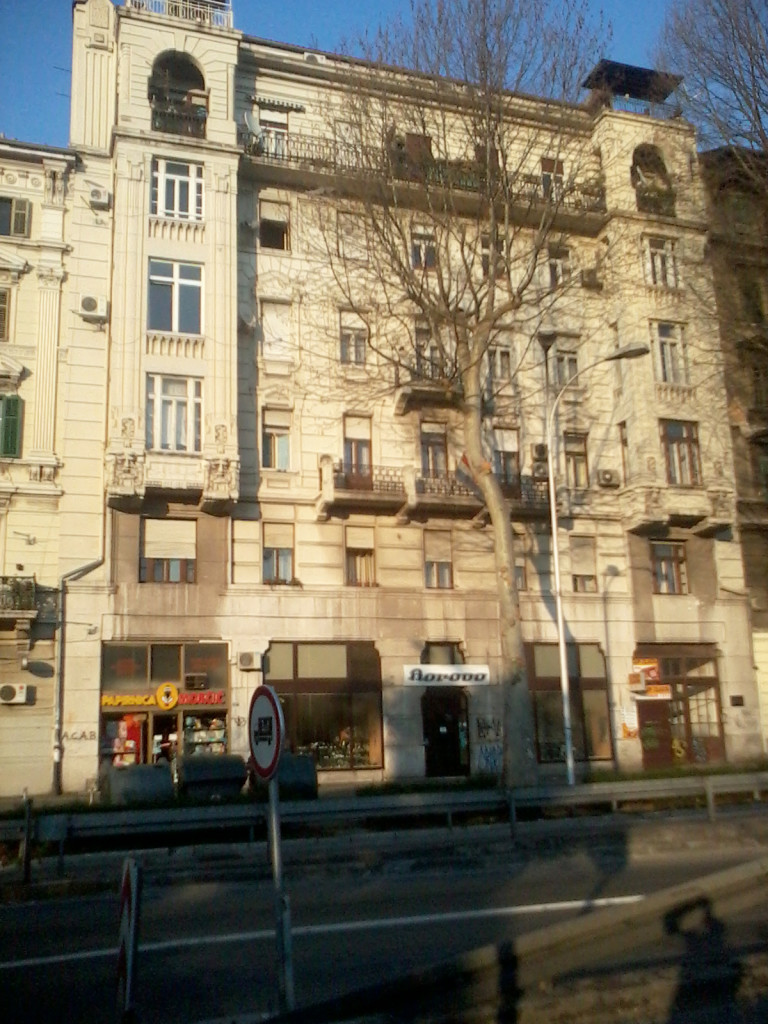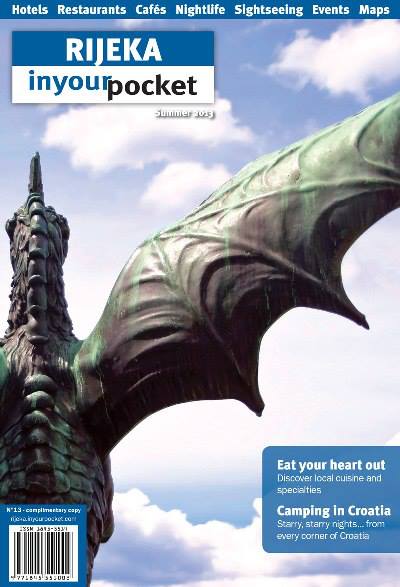Everybody loves to sit in the sun, sip a great cup of coffee and watch the world go by, no more so than in the city of Rijeka – European Capital of Culture 2020, and the history of this habit stretches back to the beginning of the 18th century.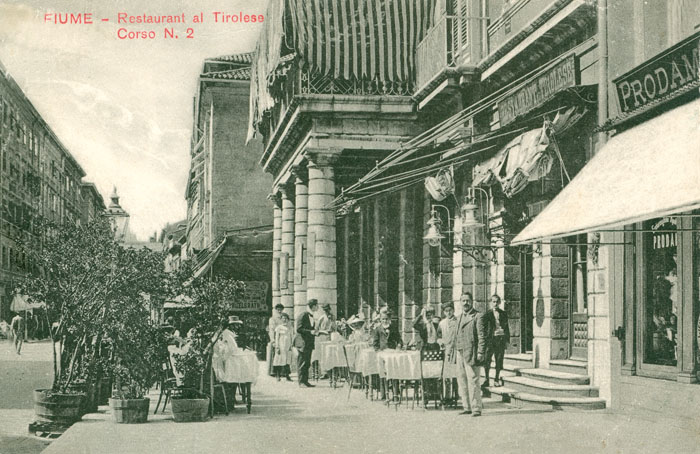
In Europe cafés first appeared in the south of the continent. By 1570 Venetian merchants brought coffee to Venice along with tobacco. In the second half of the 17th century the first cafés were opened, and soon Milan, Turin, Genoa and other Italian cities followed the trend. Around 1760 there existed more than 200 cafés in Venice alone. Vienna is probably the best known European city for its cafés, and the opening of the first Viennese café, called “Hof zur Blauen Flasche” (“House under the Blue Bottle“) was related to the Turkish siege of Vienna in 1683. Cafés became the places which captivated with their smell, comfort, warmth and all the activities which go along with drinking coffee such as reading the newspapers, playing cards or billiards, pleasant conversation and intellectual debates. Cafés became centres of social life.
Coffee most probably arrived in Rijeka following the examples of Venice and Vienna cafés, because as early as 1719 the Habsburg Emperor Charles VI declared Rijeka and Trieste as free ports, which at the same time also meant that the delivery of colonial goods could be made without Venetian intervention.
Records show that the first café was opened in 1715 in Rijeka by Tommaso Bianchi and Florio Maruloni, who were settlers from the Swiss province of Grigioni (Graubünden, Grischun, Grisons). It was located in the house named Domus Aurea, near the old council building in today’s Koblerov Trg.
Most imports of coffee to the Rijeka region were connected with the establishment of the Trieste-Fiume Company (1750) and its successor the Privileged Company of Trieste and Fiume (1775-1804), whose branch in Rijeka imported, amongst other things, great amounts of coffee and tea from Amsterdam, Nantes and Bordeaux. At the beginning of the 19th century the Rijeka entrepreneur Andrija Ljudevit Adamić participated in trade with overseas countries, importing tobacco, coffee and cocoa as well as other goods. These were goods imported from Central and Southern America.
Not much is known about the cafés, café service or interiors of those times today, although there is more information about the public houses, hotels, guesthouses and inns. Dominik Teleki von Szek states that in Rijeka in 1794 there were seven cafés and that they were the centre of social life.
The local shipyards of Rijeka, Istria and the Croatian littoral were involved in the construction of fast sailing ships, so-called barque-clippers, which were used for the transport of perishable goods, tea and coffee. At the end of the 19th century the main traffic in coffee to the Hungarian part of the Austro-Hungarian Empire came through Rijeka’s ports.
The entrepreneurial spirit of Rijeka’s people in this period can be seen in the opening of coffee roasting establishments in the city, because coffee was transported here as raw beans from Asia and South America as well.
 In Sušak several private companies operated which were involved in the import of colonial goods, which were imported directly, without intervention from the countries of origin. Josip Smerdel had a company, established in 1886, which also had a coffee roasting house. His shop sold the roasted and unroasted coffee brands of: Minas, Santos, Salvador, San Domingo, Perla Portorico, Liberia, Guatemala and Cuba Speciale, which clearly pointed to the diversity of the origins of the coffee. This was very similar to the selection of coffees which the Haramija-Mikuličić company also offered.
In Sušak several private companies operated which were involved in the import of colonial goods, which were imported directly, without intervention from the countries of origin. Josip Smerdel had a company, established in 1886, which also had a coffee roasting house. His shop sold the roasted and unroasted coffee brands of: Minas, Santos, Salvador, San Domingo, Perla Portorico, Liberia, Guatemala and Cuba Speciale, which clearly pointed to the diversity of the origins of the coffee. This was very similar to the selection of coffees which the Haramija-Mikuličić company also offered.
After the division of Rijeka and Sušak at the beginning of the 1920s, a group of wholesalers was organised in Sušak and it founded the First Sušak Joint Stock Trading Society, which brought together a range of entrepreneurs involved in import-export. It was here that coffee found its place. Along with the usual flow of imported coffee from overseas, the society adapted its business operations to the emerging situations and connected itself with the Franck factory in Zagreb and with Kolinska in Ljubljana selling its coffee. Besides selling coffee it also sold coffee substitutes such as Rosil from figs, Kneipp from barley and Seka from chicory. The Haramija-Mikuličić roasting house sold coffee blends under the names of Mercantilna, Domaća, Stolna Melange, Imperial Melange and Haramika.
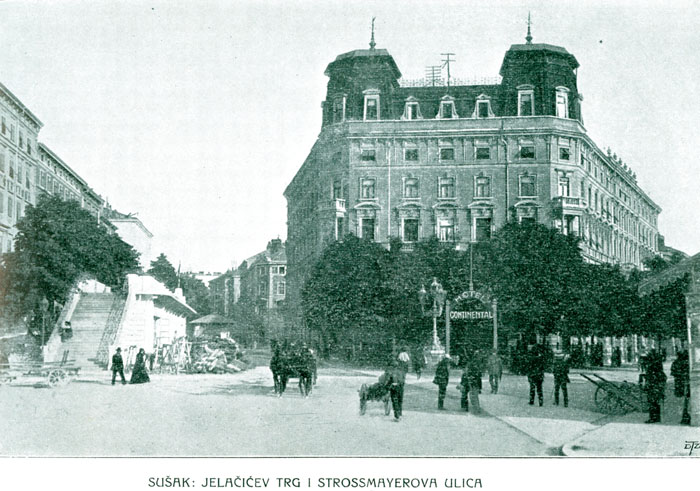 In the second half of the 19th century and beginning of the 20th century there were numerous known cafés: Caffé Europa, Caffé Maritimo Mercantile, Caffé Centrale, Caffé Schenk (later Caffé Degli Specchi), Caffé Orient, Caffé Grande, Liburnia, De la Ville, Fiumara, Panachoff, Adria, Quarnero, Grande, Patriottico, Commercio, Panny, Specchi, Fiume Risorgimento, Apolo, Secession, Europa, Marittimo and Venezia.
In the second half of the 19th century and beginning of the 20th century there were numerous known cafés: Caffé Europa, Caffé Maritimo Mercantile, Caffé Centrale, Caffé Schenk (later Caffé Degli Specchi), Caffé Orient, Caffé Grande, Liburnia, De la Ville, Fiumara, Panachoff, Adria, Quarnero, Grande, Patriottico, Commercio, Panny, Specchi, Fiume Risorgimento, Apolo, Secession, Europa, Marittimo and Venezia.

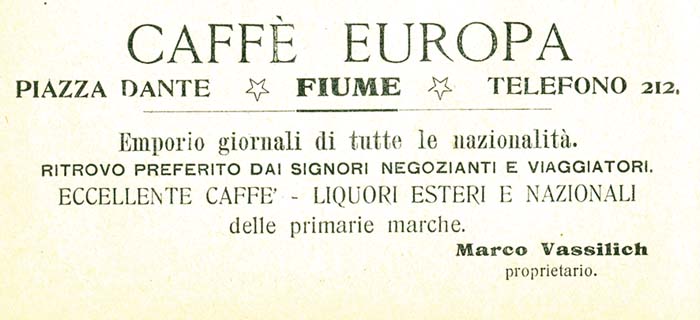

 In 1920 in Sušak a cooperative was founded of innkeepers, barkeepers and café owners in order to represent their rights in the town and district of Sušak. The cooperative consisted of around 100 members which in 1933 paid 10 dinars each for their membership. Amongst the first cafés in Sušak were the Caffé Europa and the Narodna Kavana.
In 1920 in Sušak a cooperative was founded of innkeepers, barkeepers and café owners in order to represent their rights in the town and district of Sušak. The cooperative consisted of around 100 members which in 1933 paid 10 dinars each for their membership. Amongst the first cafés in Sušak were the Caffé Europa and the Narodna Kavana.
During the 1960s the new Yugoslav society, thanks to the specifics of the political regime, there developed a special consumerism concerning coffee and its drinking in special places. Work meetings without coffee were unimaginable, and one of the main skills of business secretaries was the art of making the morning coffee. The whole atmosphere was complemented with a shopping trip to Trieste, if for nothing else than just to drink a cup of coffee.
The crisis or the so-called economic stabilisation of the 1980s was marked with a shortage of coffee, which gave additional reasons for a trip over the border and the “smuggling” of coffee.
The traditions of those first cafés were upheld by popular cafés of the second half of the 20th century: Učka, Triglav, Narodna Kavana, Kontinental, Union, Istra, Neboder, Gradska Kavana, Rječina, Slavica, Sport, Korzo, Zora, Žabica and their names still evoke pleasant memories and rich nostalgia.


